It's Only A Cloud (But Hey, *What* A Cloud)
In defence of the sky doing its thing, as skies tend to do.
Hello! This is Everything Is Amazing, a newsletter about science, curiosity and wonder.
It seems it’s earthquake season! After Japan’s 7.1-magnitude earthquake on the 8th August, Los Angeles was today shaken by a 4.6. 😬
This seems like an excellent opportunity to point you towards the best source of earthquake science news I know of: the newsletter from Judith Hubbard and Kyle Bradley.
They recently published a terrifically detailed explainer of the Japan earthquake and the megaquake advisory it led to, so I’m expecting the same level of usefulness after today’s California quake.
Sign up quick to get it when it’s published:
Secondly and wholly unrelatedly, I am once again going to point you towards the amazing work of sculptor Jeremy Mayer (his website is here), who makes the most incredible things from vintage typewriter parts:
Whew.
Okay! Today, a relatively quick one (by my usual longwinded, talking-hind-legs-off-donkeys standards) about how surprisingly strange clouds can look to those of us who don’t study them for a living.
It’s summer 2004, on the final day of the year’s archaeological excavation of Quoygrew on Westray in Orkney.
The last 8 weeks have been gruelling for all of us - some of them in rain and mud, some of them in too much sunshine combined with red eyes and thumping heads because of a bit too much whisky at the pub the night before, all of them with increasingly sore lower backs and knees, our vision blurry from too long spent squinting at plans and drawing boards. We’ve all had enough. We’re all ready to wrap everything up and go home - but there’s still a hell of a lot to get done, and we have less than 24 hours left to do it in.
So the last thing we need is someone just stood around doing nothing but staring into the sky, their mouth agape, which is exactly what I’m doing right now.
Someone is going to yell at me in a minute, and I’ll deserve it. But for now, standing here frustratedly, I want to shout: STOP, EVERYONE. LOOK UP. LOOK AT THAT!
This is because, after a full morning of cloud cover so thick it’s like we were working under a duvet, the sky has now split itself perfectly in two.
This terrible photo on my old Kodak camera really doesn’t convey the strangeness of it. What you’re looking at is a slice through the clouds, perfectly vertical, stratified with walls of clouds on either side, and nothing but blue sky at the top. It’s like the sky was a cake, and someone carved a perfectly rectangular piece out of it.
I had no idea clouds could do this - parting like the Red Sea in one of the greatest special effects in movie history. Even now I’m not sure how they do this. (If you’re a knowledgeable cloud-understander or actual meteorologist, please leave me a comment to explain what’s going on here.)
But then, that’s clouds for you. It’s incredible that something as uncomplicated as airborne water vapour (which can make clouds surprisingly heavy) can behave in so many strange ways - strange, that is, to those of us with unhelpfully narrow ideas of what clouds should look and behave like.
But to the properly initiated, the possible varieties of cloud we could see are endless, and all of them are telling fascinating stories about what’s going on in the vanishingly thin band of atmosphere over our heads that we call “the sky”.
I’m not going to attempt to give you a primer on nephology today (which is what the study of clouds used to be called before it was absorbed into meteorology and the climate sciences). For that, you should join the Cloud Appreciation Society, or get their book Cloud Spotting For Beginners.
However, recently I was looking into the ‘chemtrails’ pseudoscience conspiracy theory and found that Twitter/X was awash with photos of clouds being presented as “evidence” for it. Not the everyday white fluffy clouds that we were all taught to draw as kids - but the more startling and awe-inspiring types. The ones that make you go “WOAH” in a way you feel right down to your boots. And their sheer unusuality was being presented as rock-solid proof of evil human-made shenanigans.
From the start of this newsletter, I’ve tried to make the case that what most of us don’t know about the natural world - which, personally speaking, is almost everything - has the capacity to blow your mind a thousand times a day if only you could learn a little more about it.
Did I know about light pillars before I stumbled over a photo of them? Alas, I did not.
Did I know the Mediterranean filled up in less than 18 months before I read the latest research coming from the team investigating the Zanclean Megaflood? Nope.
Did I know that natural-born tetrachromats might be able to see up to 100 million different colours, until I started reading about them? Not a clue.
And so on.
This is a newsletter that depends on me - an amateur enthusiast - discovering something that boggles my tiny brain, and then learning a bit of the science of how it happens, so I can attempt to boggle yours.
But suddenly here were lots of folk saying that any clouds that didn’t look like the clouds in the opening sequence of The Simpsons were obviously signs of some terrifyingly dystopian plan to enslave us all - and it didn’t seem to occur to any of them that it could actually be proof of their own ignorance of what so many clouds can look like, mixed with a bit of pareidolia and other (natural!) human cognitive biases.
I don’t have any reaction to that kind of paranoid incuriosity, other than wanting to have a long nap.
But I can, at least, take you on a tour of five of the most uncloud-like clouds I know of, to try to reinforce the above point & to provide an introduction to the next season’s main theme (yep, that’s a big spoiler).
So: if you have the time today, please stop, everyone, look up, and look at THAT.
1. OMG A FLYING SAUCER!!!
Lenticular clouds are showing you an area of turbulence in the sky, whipped up like the vapour equivalent of cotton candy.
They’re formed of standing waves, much like the ones made of seawater that power the Corryvreckan whirlpool, as I wrote about here.
Because they’re such a visible guide to air currents, glider pilots can use the edge of them to climb to incredible heights. On 2nd September 2018, pilot Jim Payne soared to 22 kilometres (74,334 feet) above the ground - twice the cruising altitude of commercial airliners, and nearly a quarter of the way to outer space.
2. OMG A TIDAL WAVE!!!
Nah. They’re stunning reminders of the fluid nature of our atmosphere, but they’re still absolutely normal clouds (if rather rare).
They’re called Kelvin-Helmholtz clouds - & I already wrote about them here.
3. OMG SPACE HEMORRHOIDS!!!
Lovely.
No, these are actually called Mammatus clouds, and they’re formed of pockets of sinking cold air, usually clustered underneath cumulonimbus (the classic thunderstorm cloud).
When they occur here in the UK, they’re usually dramatic enough to make the news.
4. OMG SPACE LASER TEST!!!
Settle down, Marjorie. This is a fallstreak hole, also dramatically called a Holepunch Cloud.
It’s what happens when supercooled water in a cloud is triggered into forming ice crystals, and water droplets around that ice rapidly evaporate outwards in a widening circle.
Above is a picture from NASA’s Terra satellite of fallstreak holes and ‘canals’ over Louisiana and Texas, caused by moving aircraft.
As aircraft pass through the sky, forcing that air to expand and cool as it moves over their wings, they can trigger ice formation and therefore set off a fallstreak hole - which is why they’re so popular with the ‘chemtrails’ crowd.
Here are some more, via the BBC.
5. OMFG WE’RE ALL GOING TO DIE!!!!!!!!!!
True enough!
But not today, because this is just a Roll Cloud, a form of arcus cloud where a single wave that moves without changing speed or shape seems to “roll” horizontally across the sky.
They’re mostly harmless in themselves, but they’re often a sign that bad weather is approaching.
On the whole, they’re absolutely nothing to worry about - and just as well-understood as iridescent contrails.
Images: Mike Sowden; Nicky Milner/James Barrett; Anton Yankovyi; Omnisource; H. Raab; Eazydp; Jeremy Mayer.



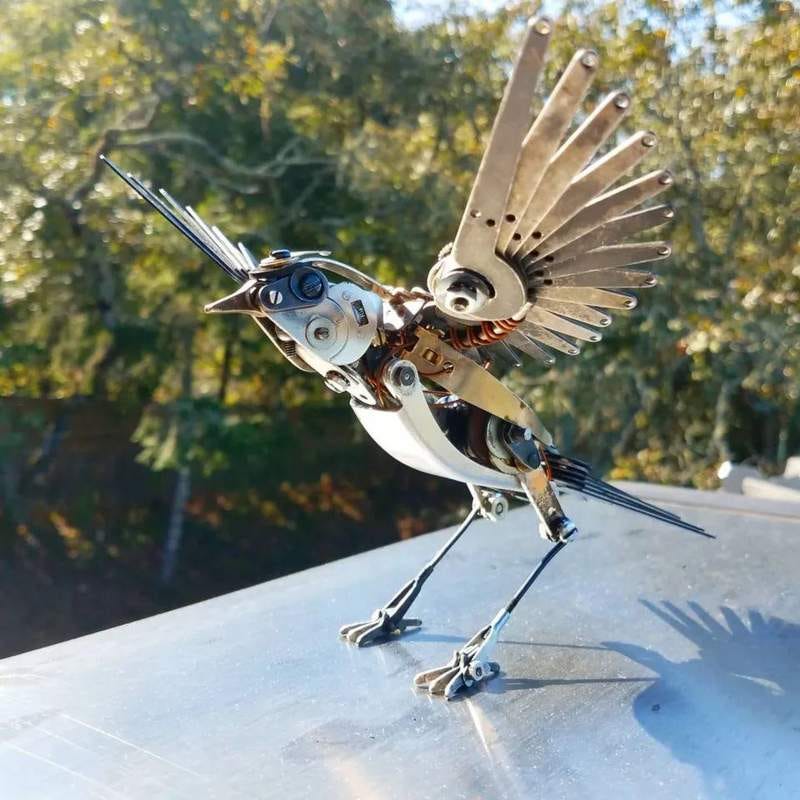

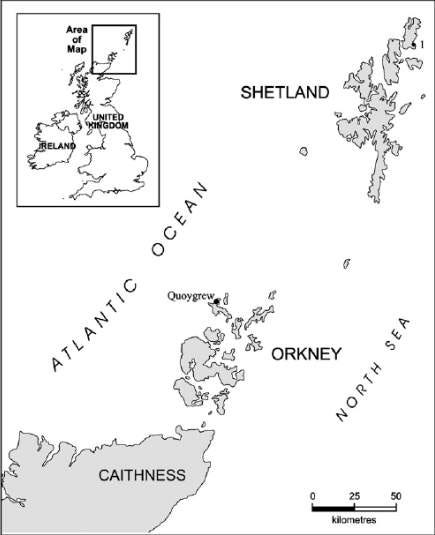

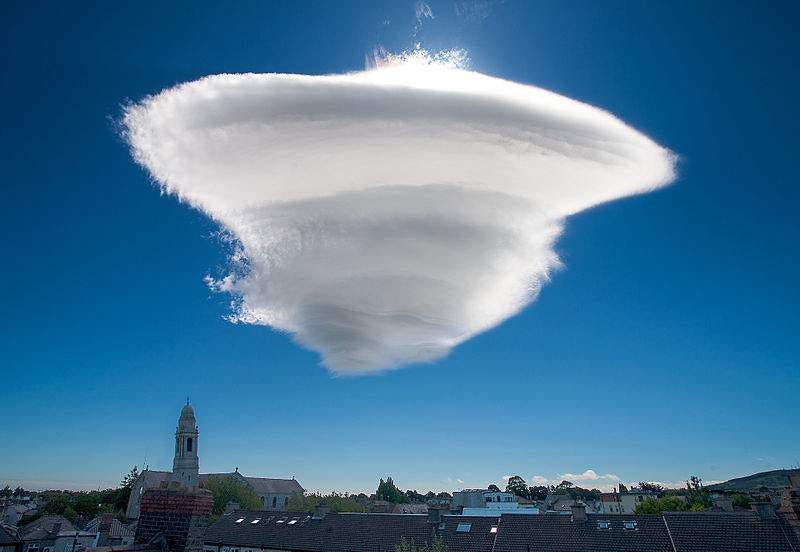
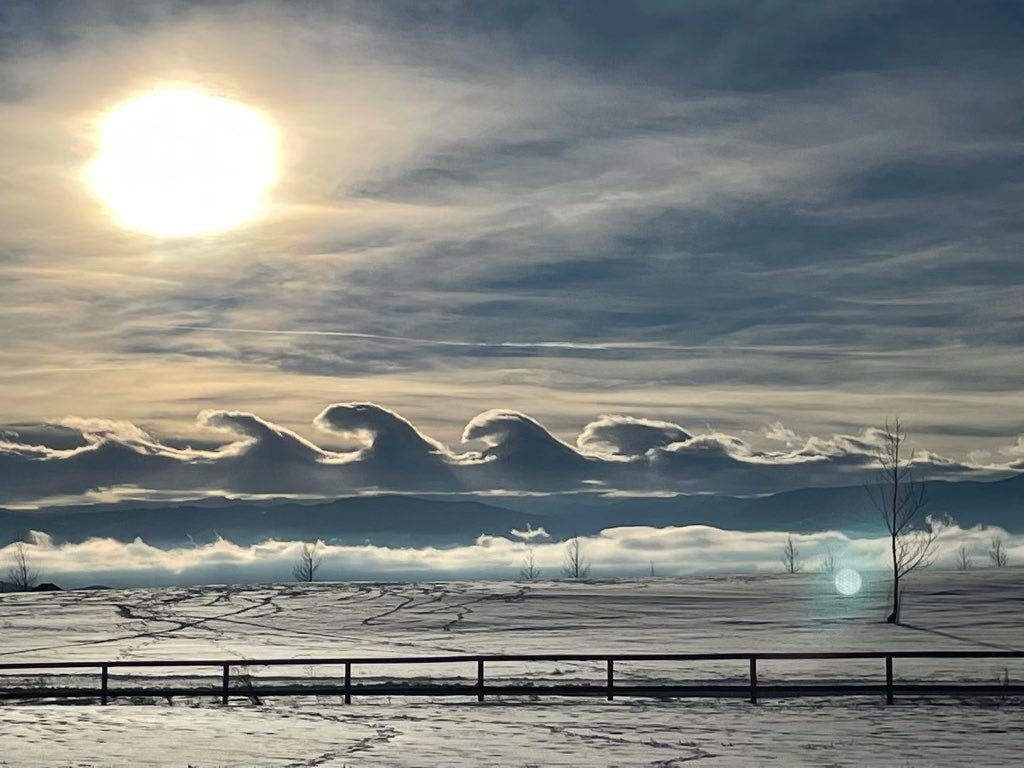
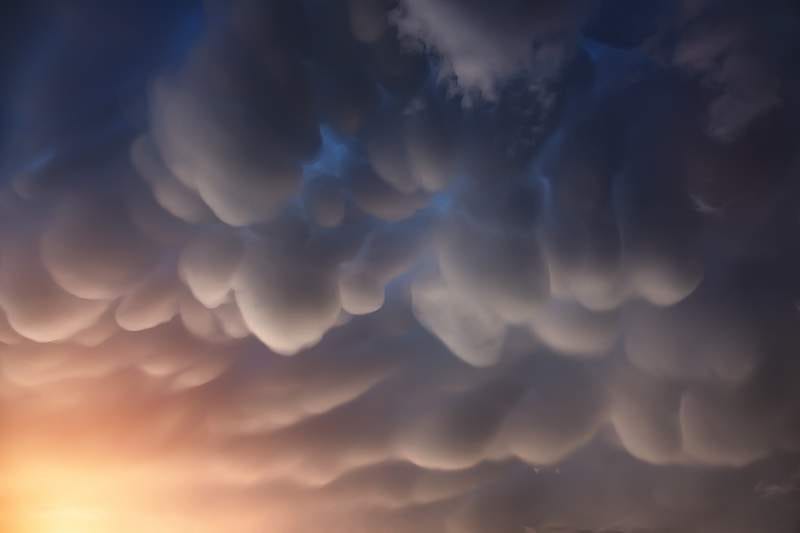
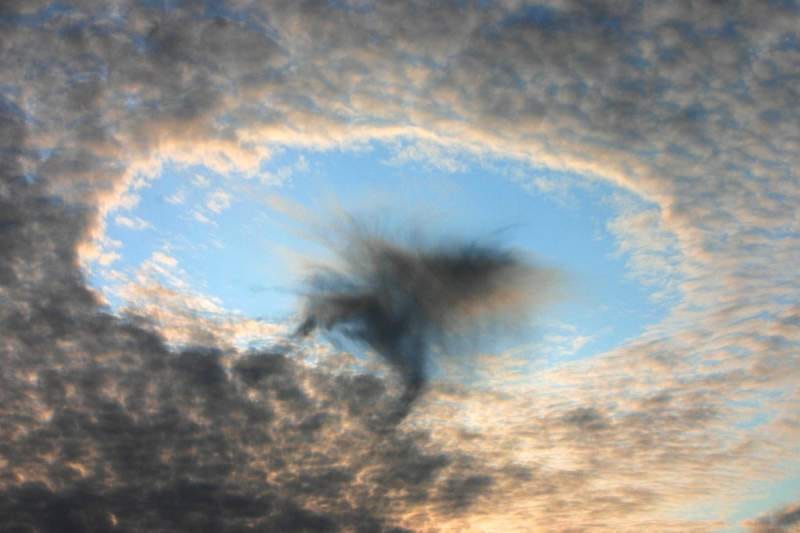
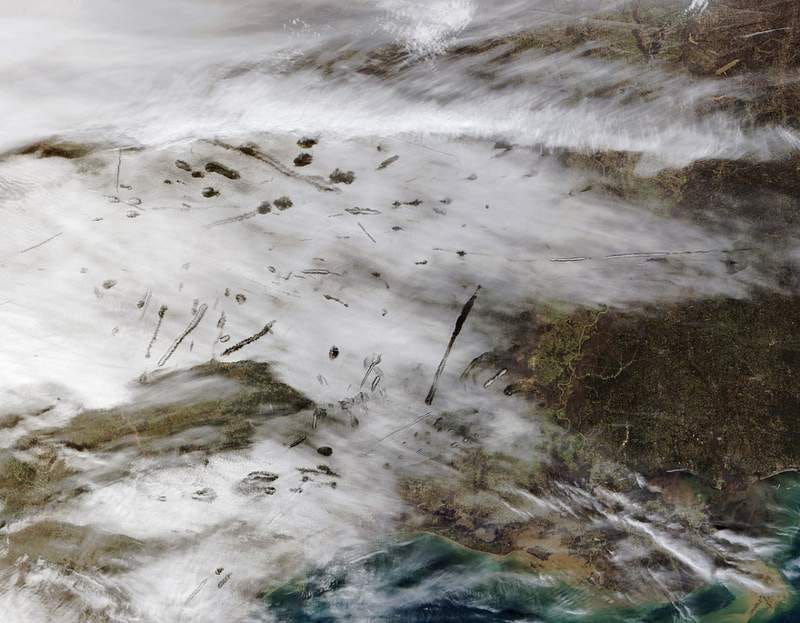
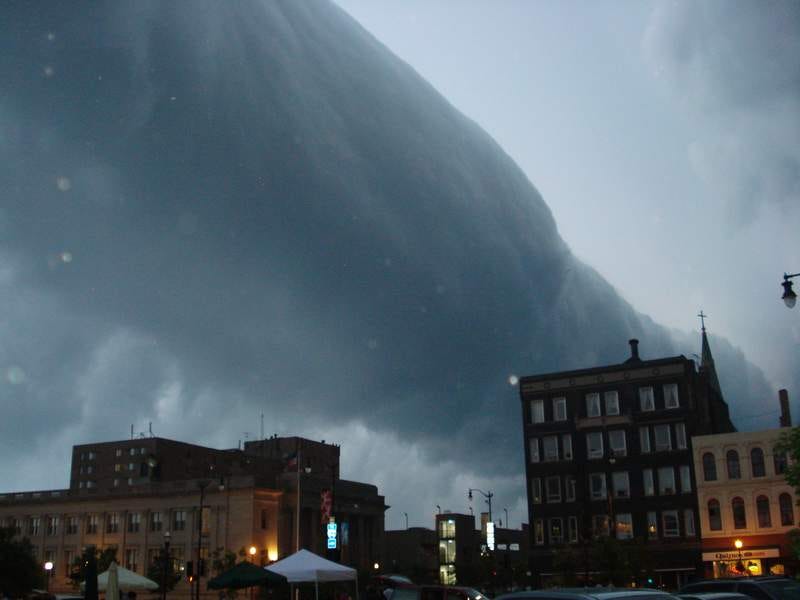
Loved these photos! One more that is my personal favorite: gravity waves shown in clouds. Gravity waves are buoyancy-driven waves that propagate through the atmosphere, much like ripples on a pond. Gravity waves can be evident in clouds that look like peaks and troughs. The photos may not be the most spectacular, but the process that creates them blew my mind the first time I learned about it.
https://earthobservatory.nasa.gov/images/4117/gravity-waves-ripple-over-marine-stratocumulus-clouds
Fascinating piece, as always, with some laugh out cloud moments.